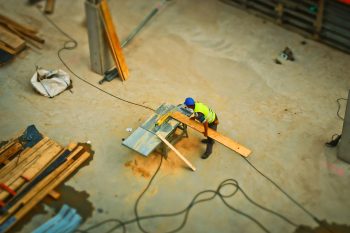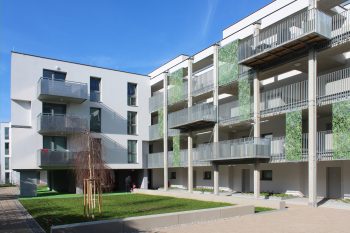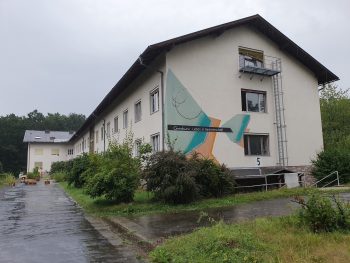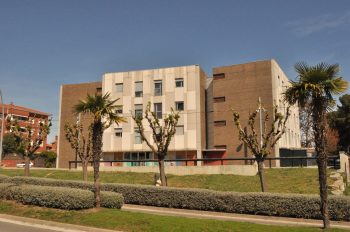This solution is focused on sourcing more than 50 types of building materials (existing or new commercial products) from secondary material platforms, databases and/or local producers, contributing to debate about quality, origin and potential material reuse at local scale.
Incorporating circular “materials/products” in building projects is not always easy. Among other factors, it depends on:
- what is meant by a circular “material/product” and which is the information required,
- the availability/visibility of products in the market with circular economy data,
- the availability/visibility of suppliers near to the building site.
Although already exist different sources of circular materials, they are still scattered (different websites and languages) and it is quite difficult to compare products (different indicators or parameters declared, different formats of information, etc.).
Therefore, this service aims to provide valuable information (structured, comparable, digitalized, compatible with existing tools and software, …) to help the decision making while boosting the selection of circular products in the construction sector.
The database will contain enough information for a circular building assessment, and the location of the supplier/manufacturing plant will have special importance to help the selection of local material/products.
This library is listing more than fifty types of circular building materials from material platforms or local producers. The aim of this library is to contribute to the debate about materials’ quality, origin and reuse potential at the local scale. The database not only holds information about the materials physical properties but also about materials’ costs and supply conditions. The impact analysis of the building’s circularity is facilitated by the database as well as further research on the circularity optimization.
In HOUSEFUL, the analysis of potential use of certified building material will be essential for the improvement of building circularity. This will also facilitate the potential modelling of building characteristics and the successful KPI quantification for impact analysis. Results can provide new circular business opportunities at local scale.






